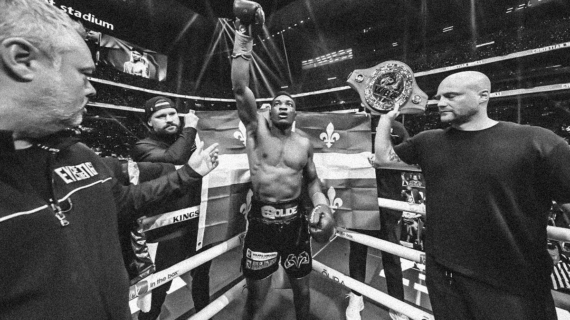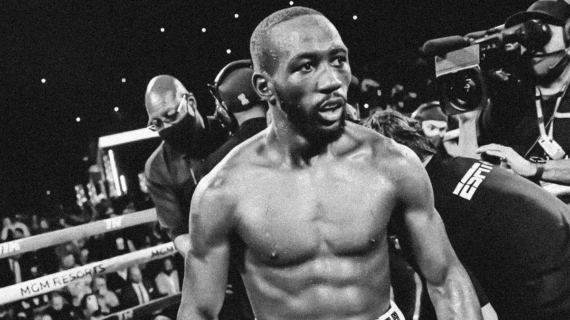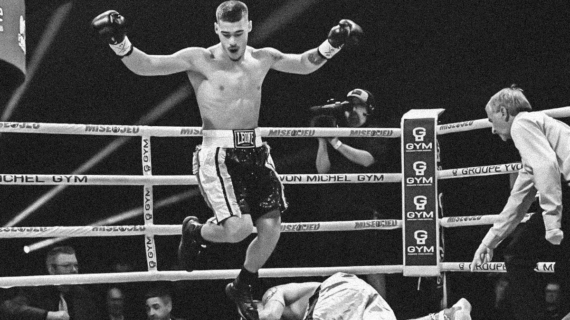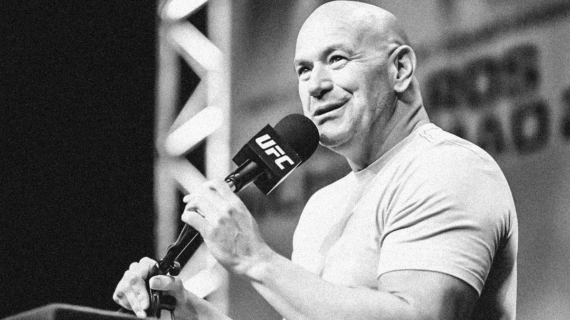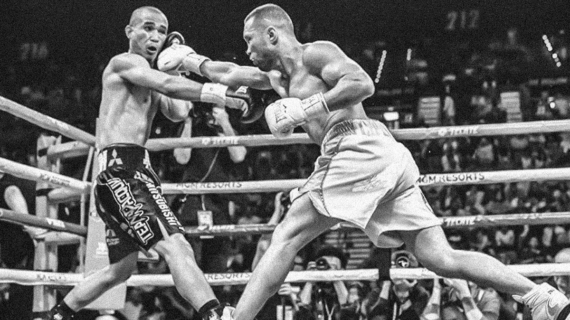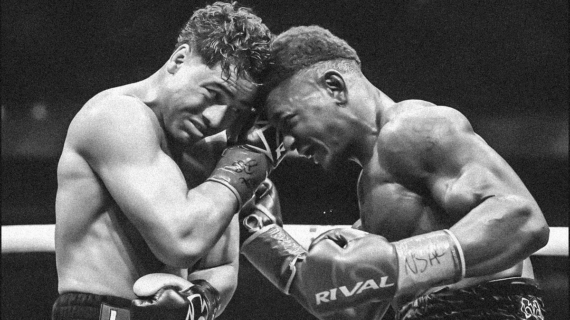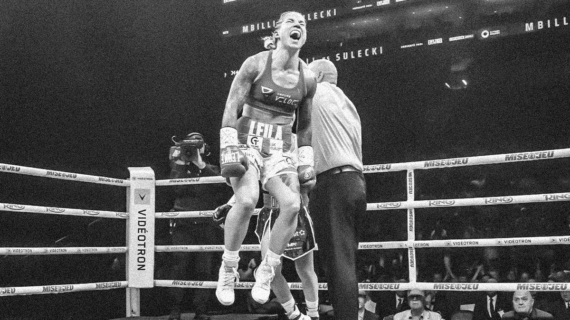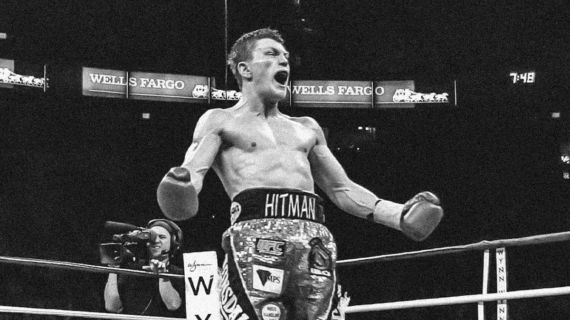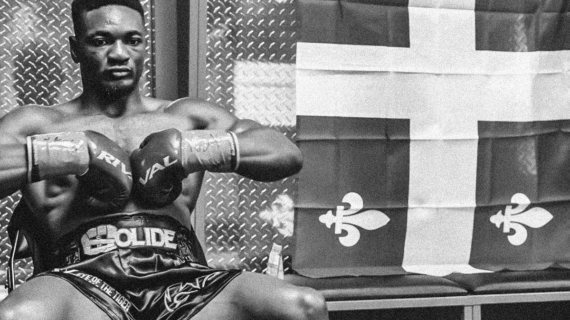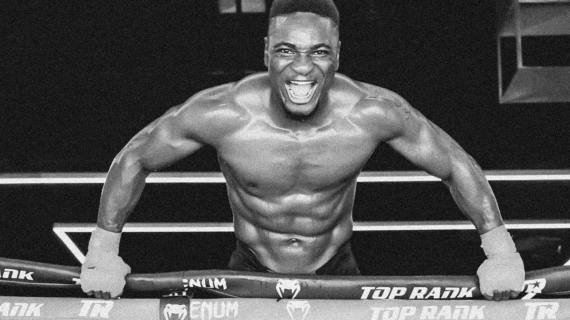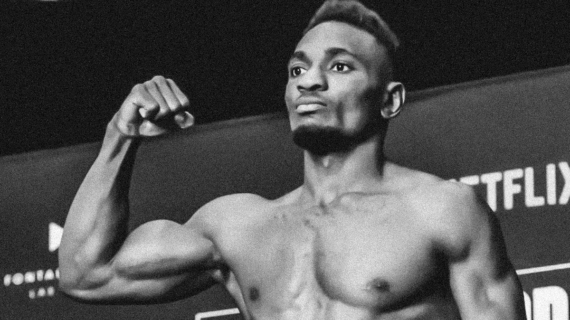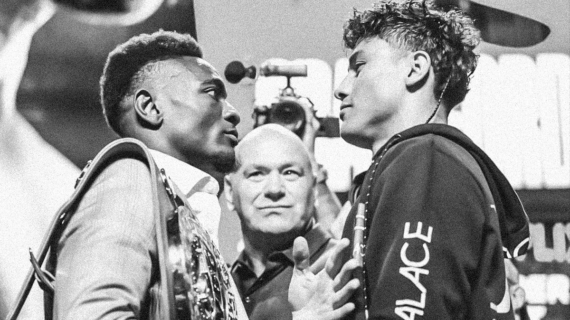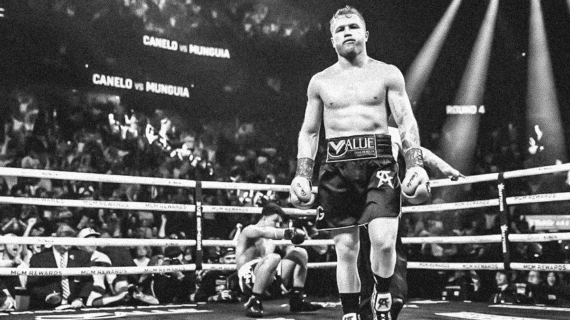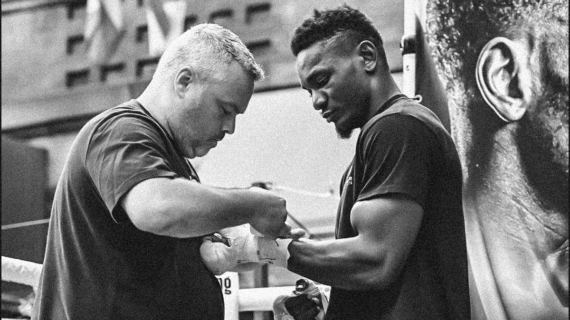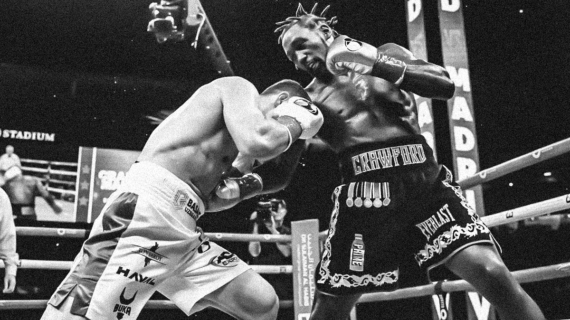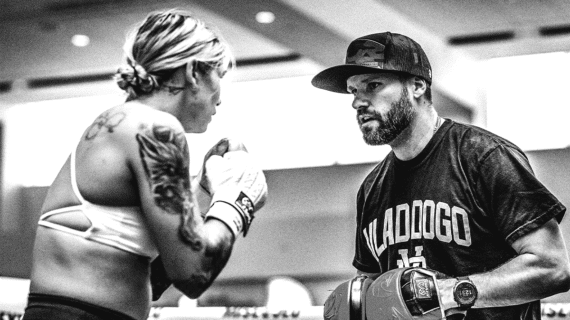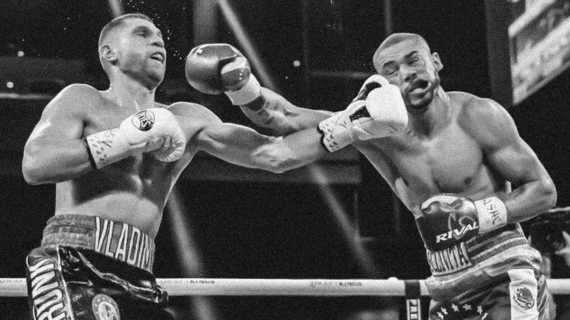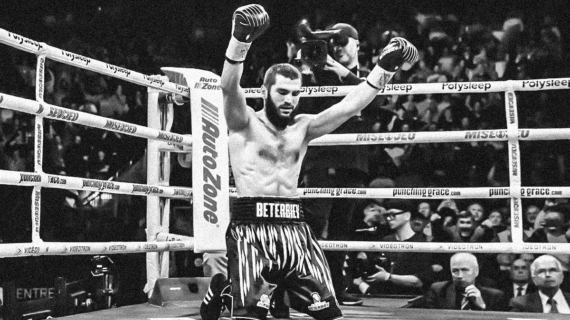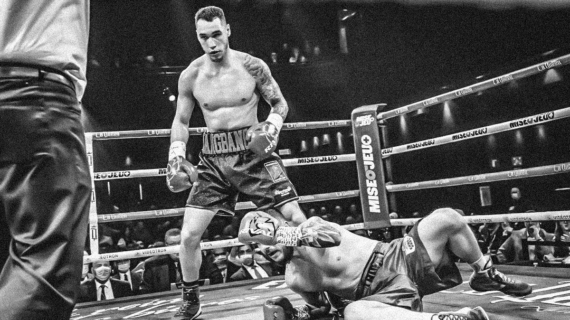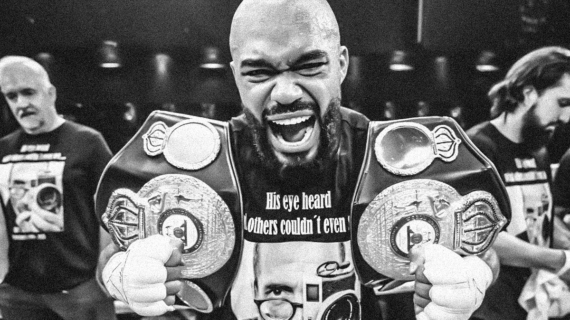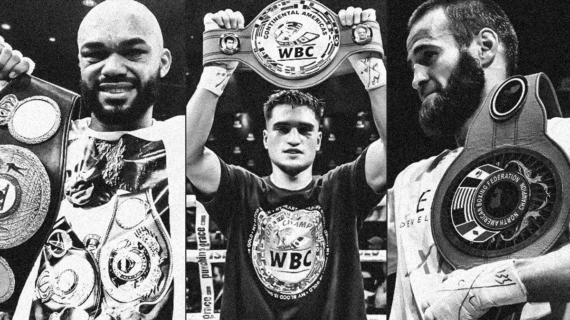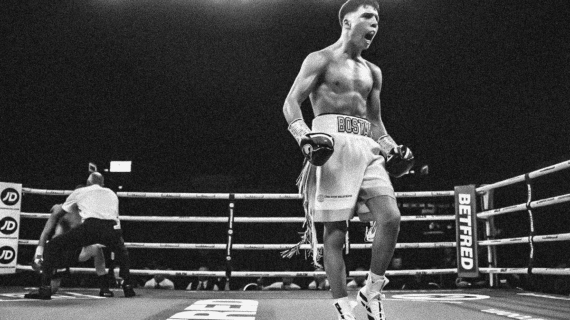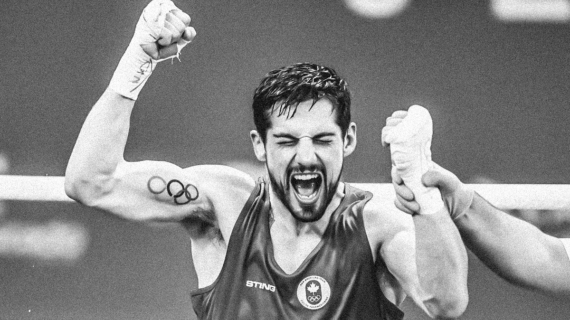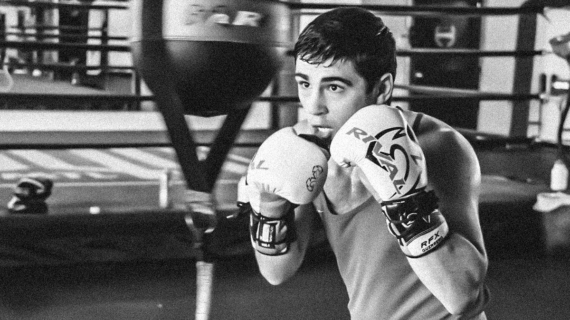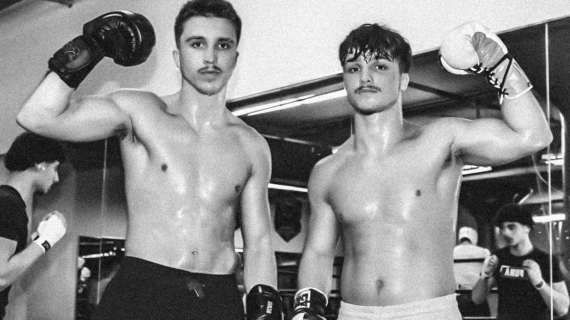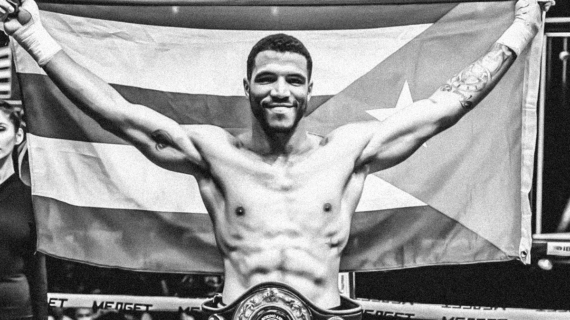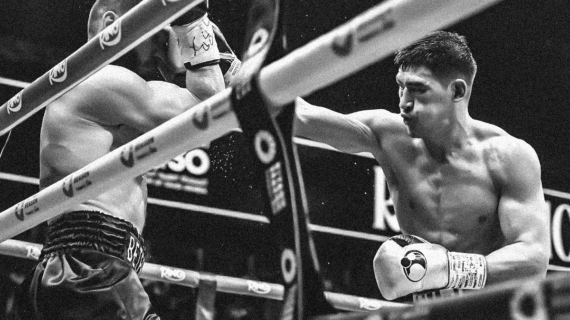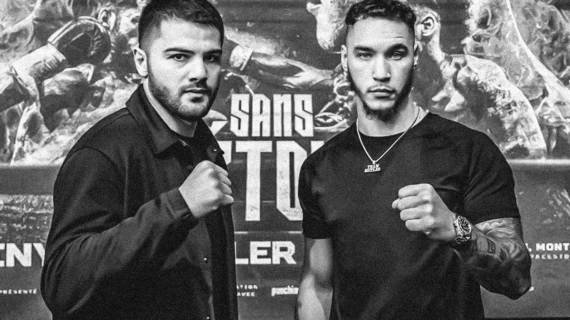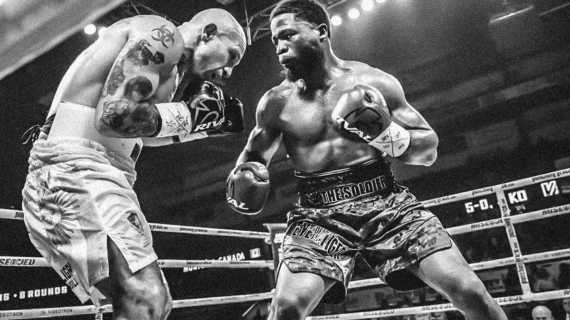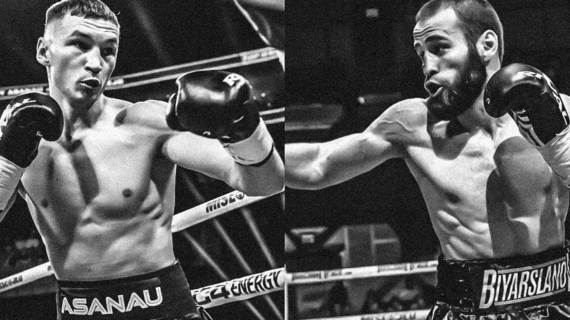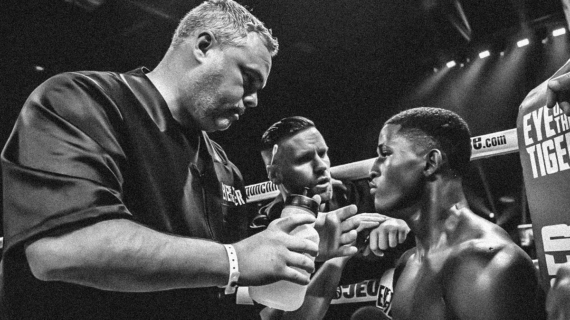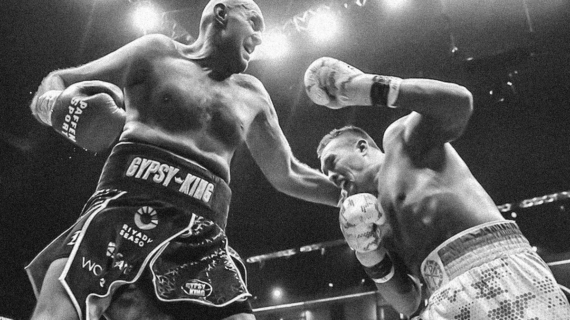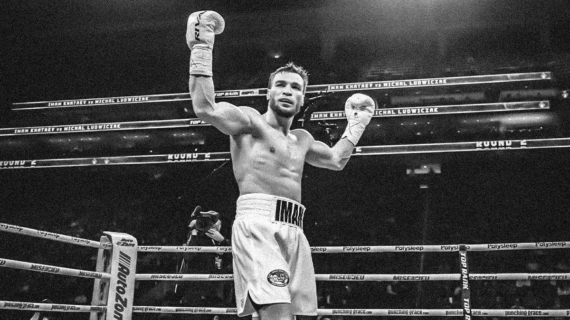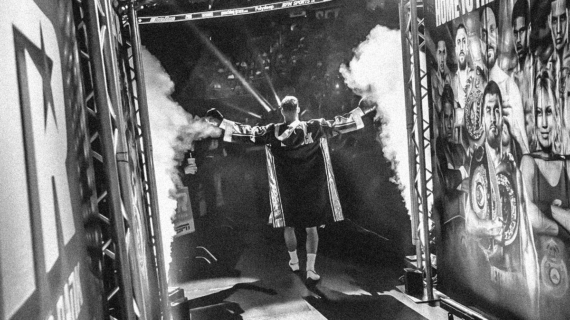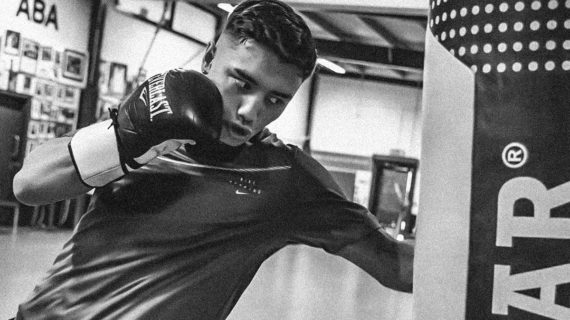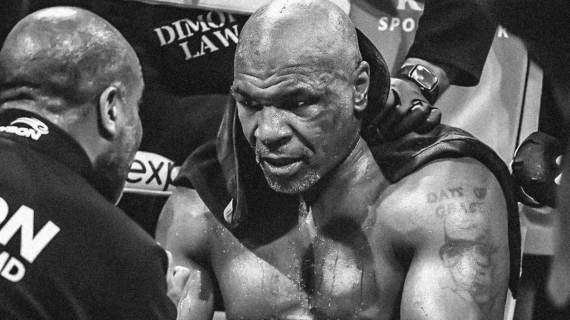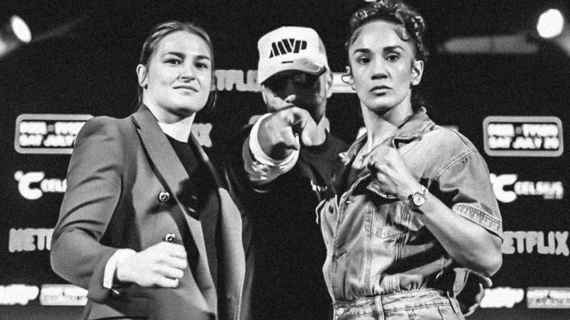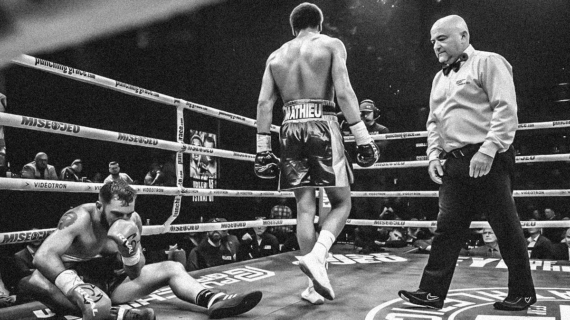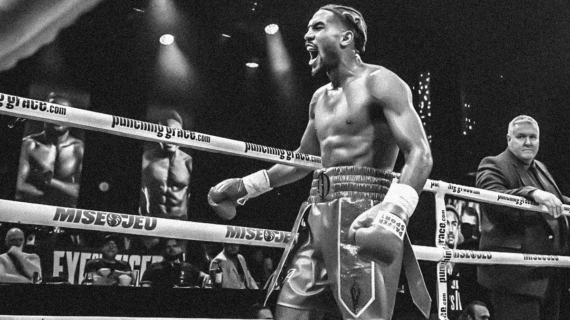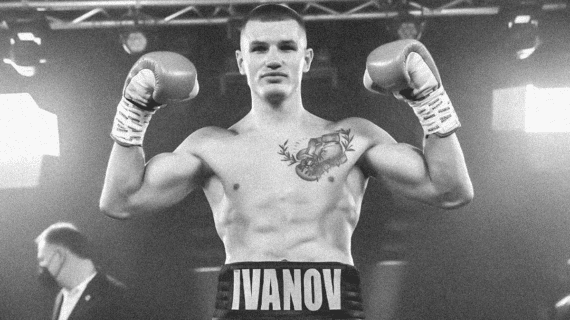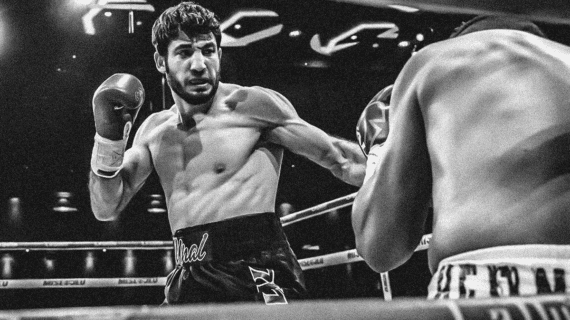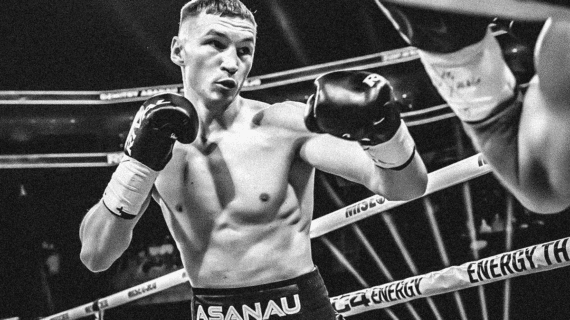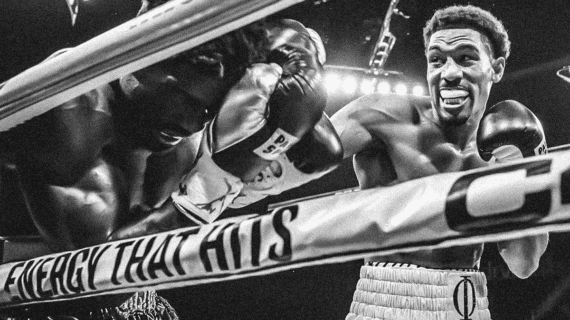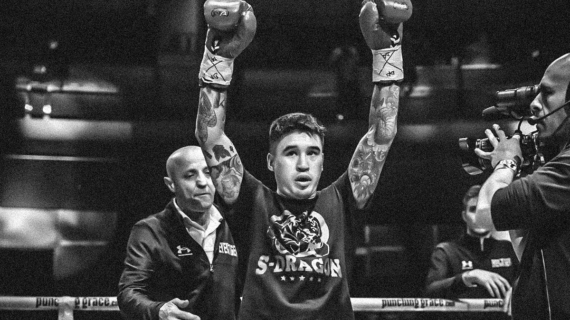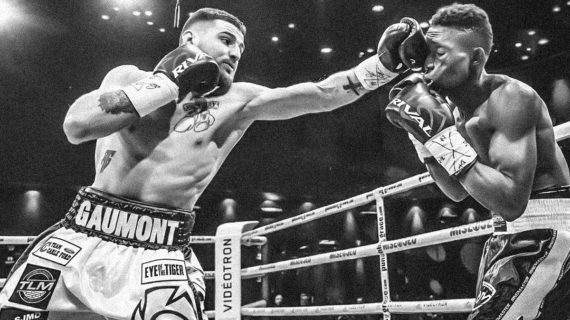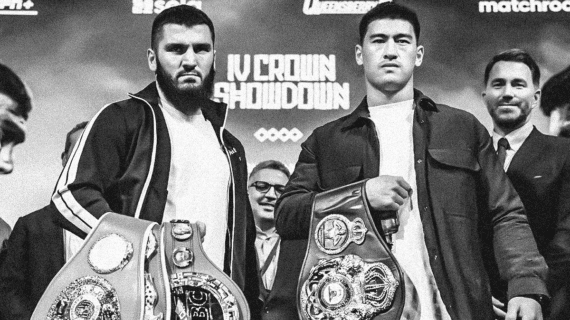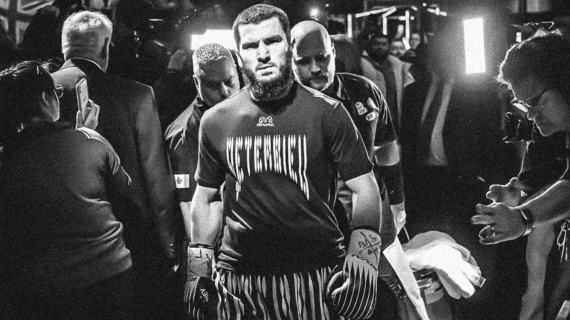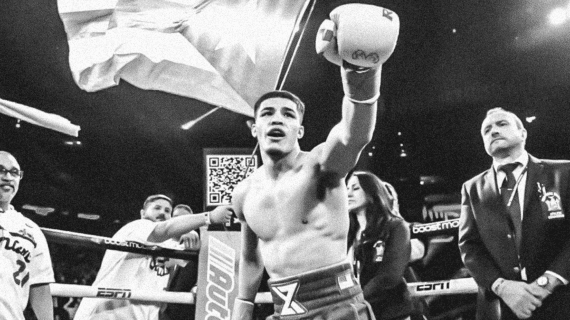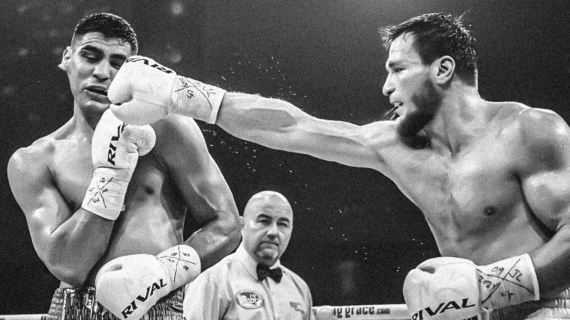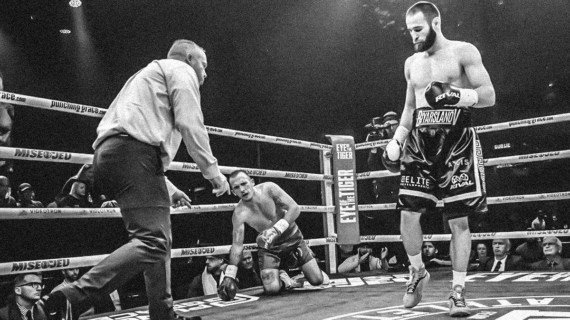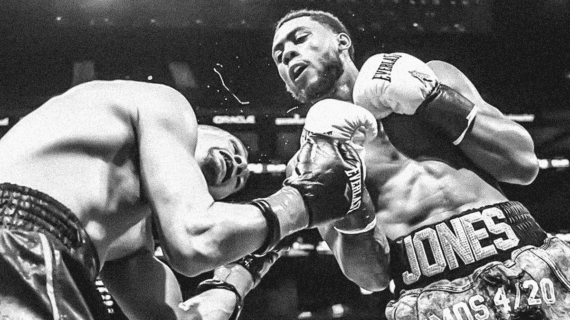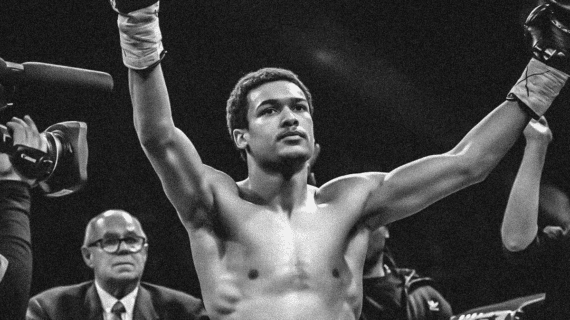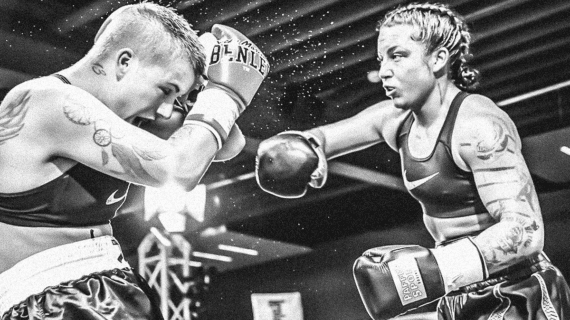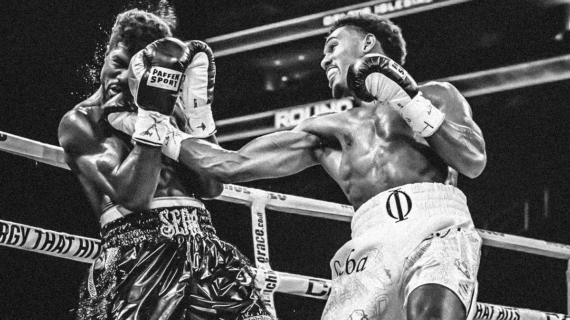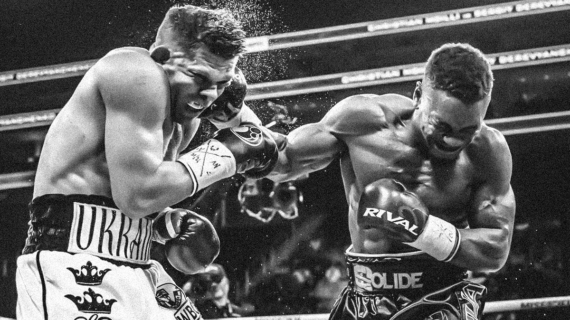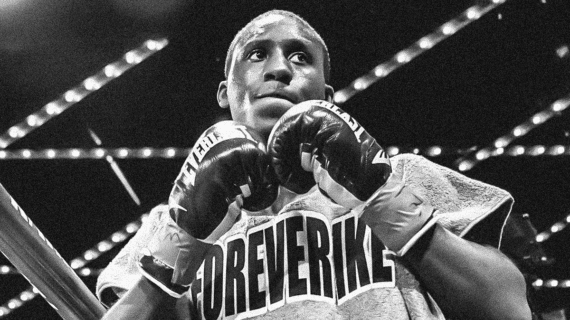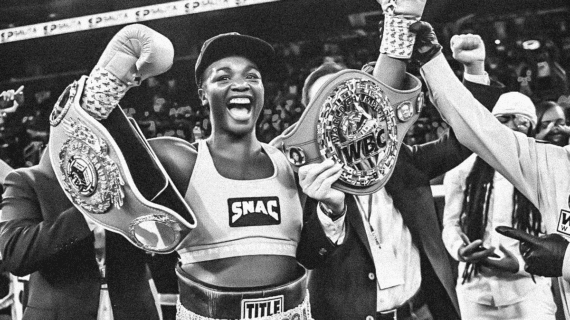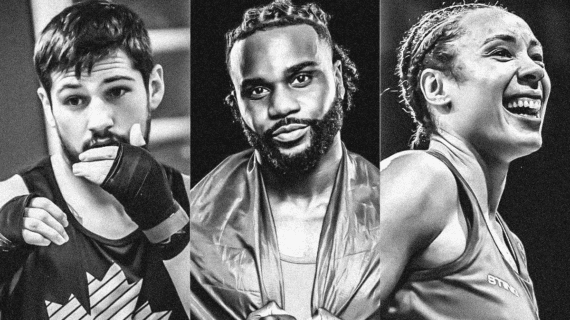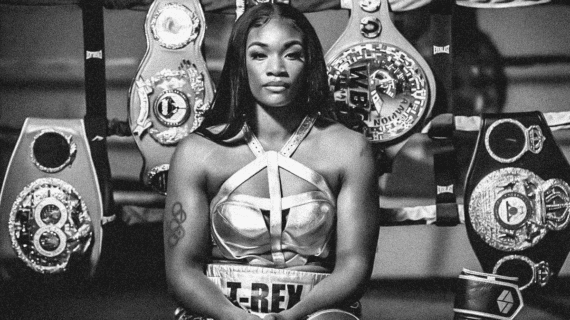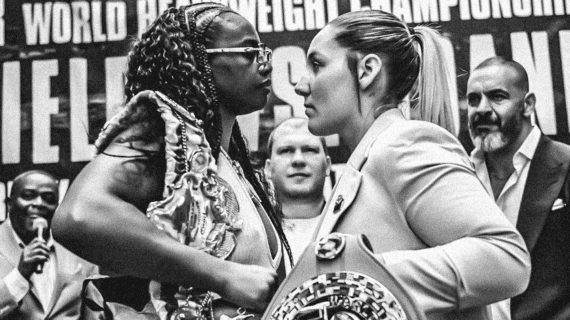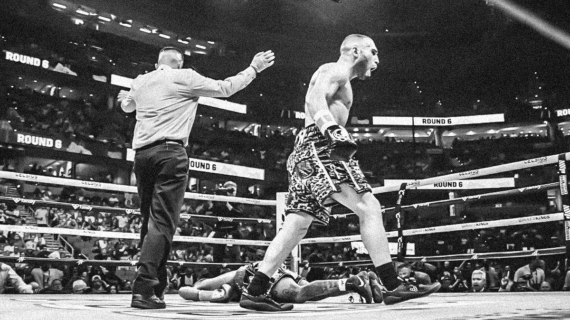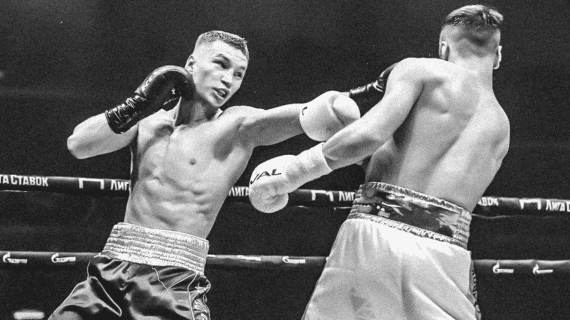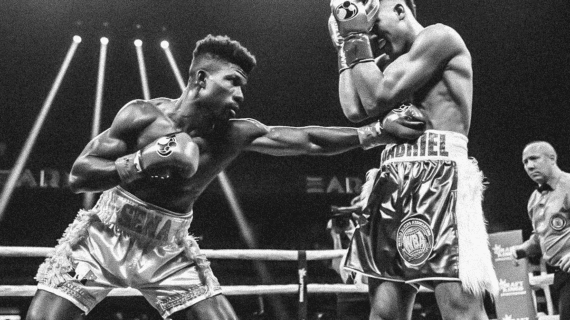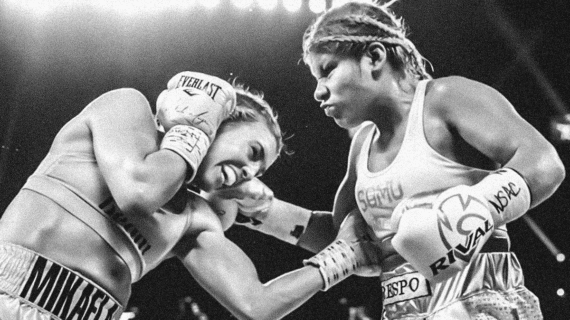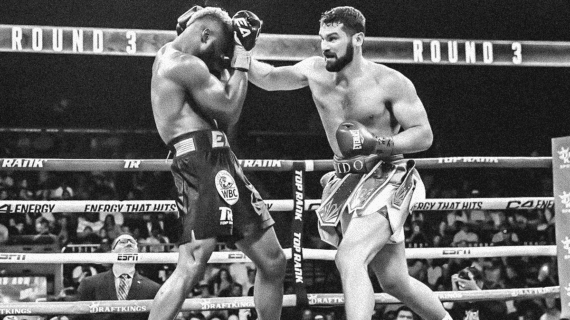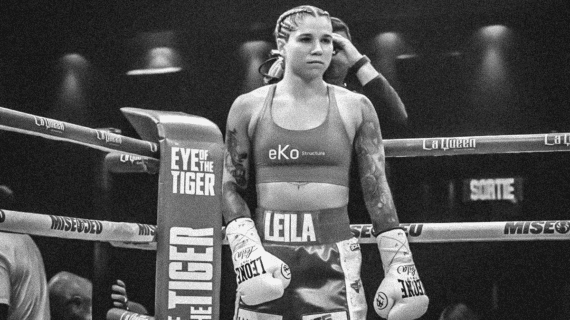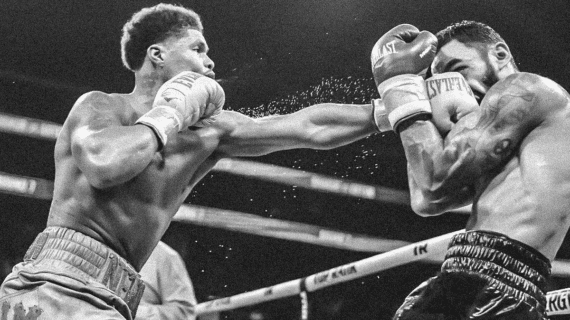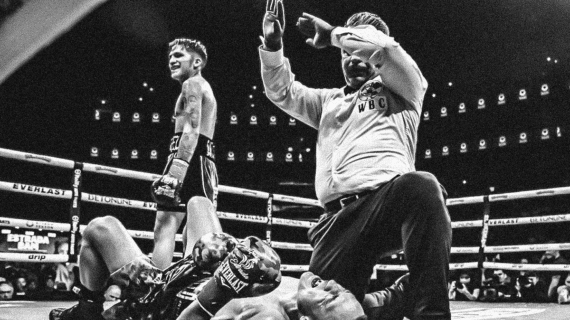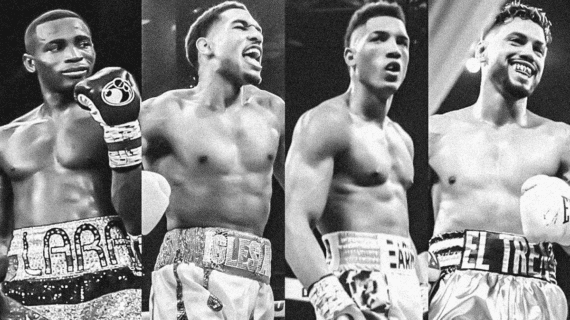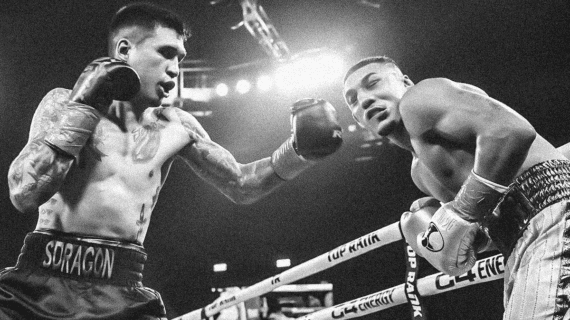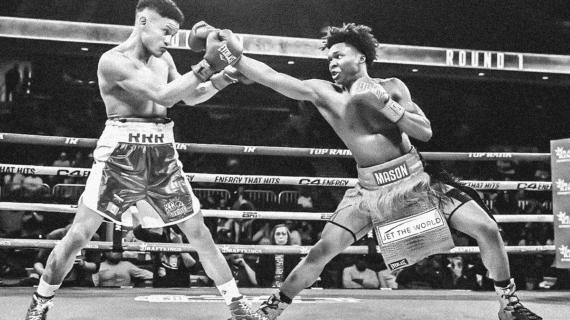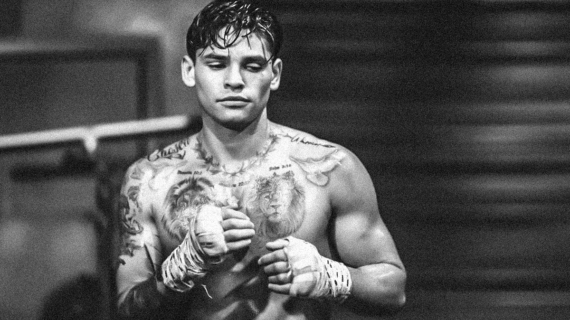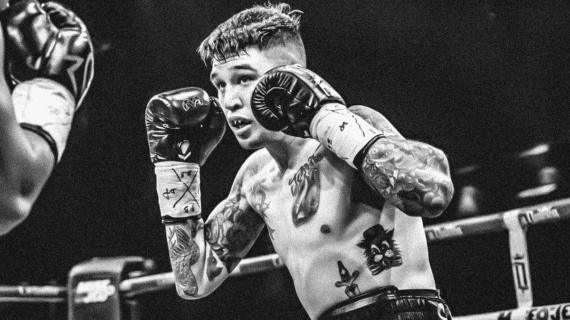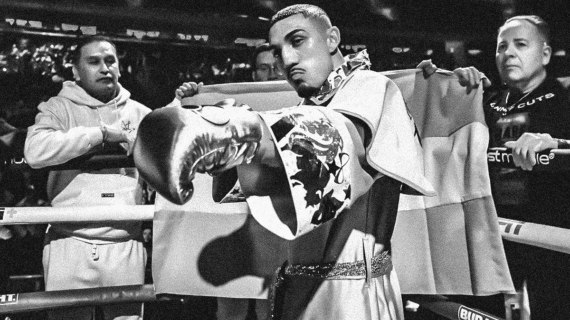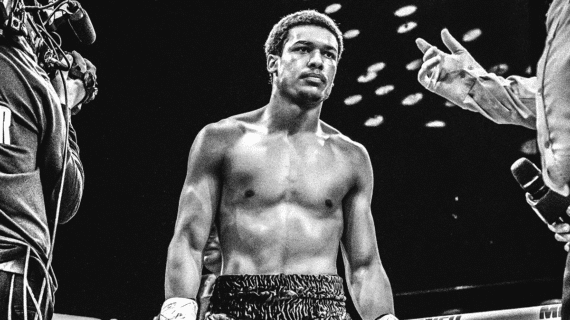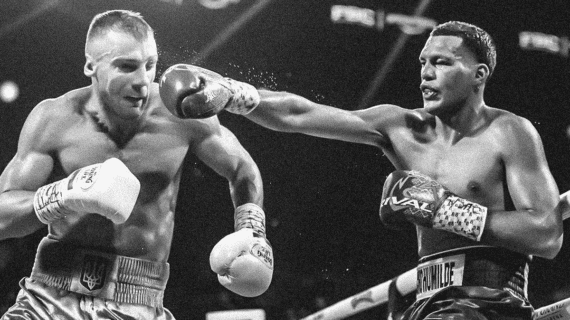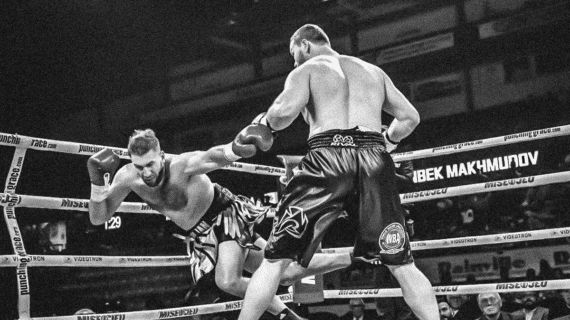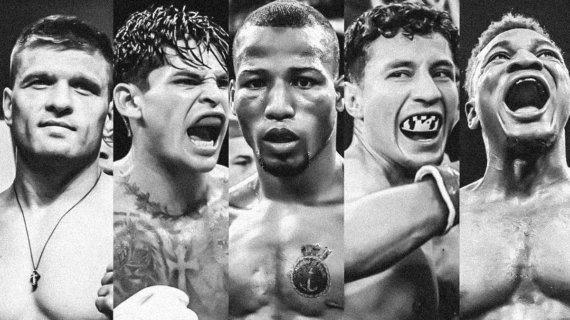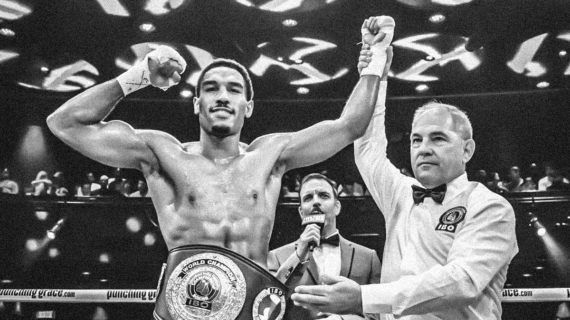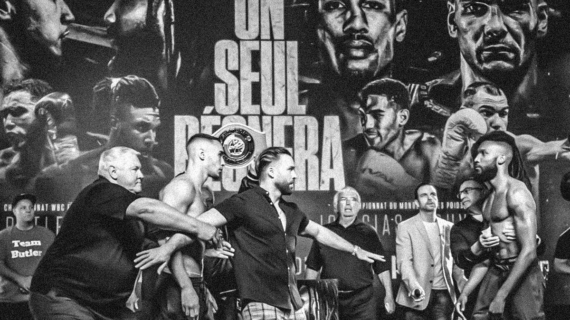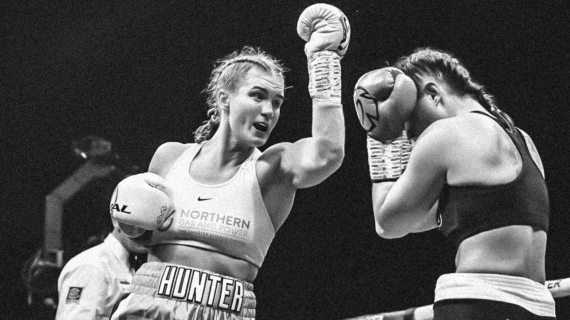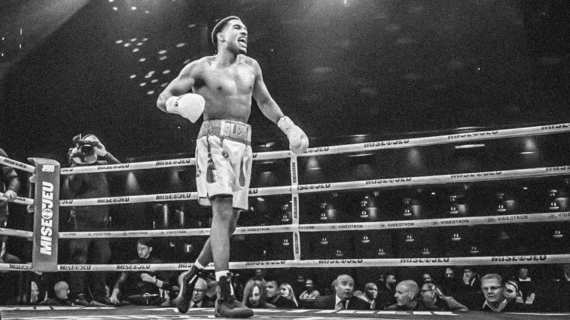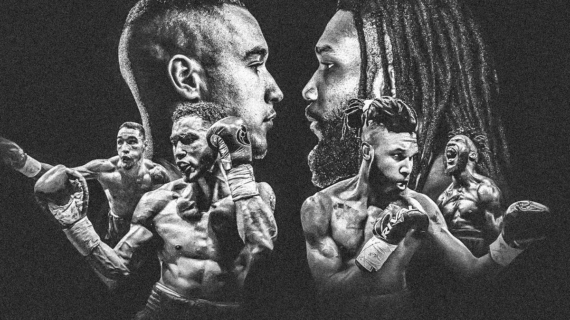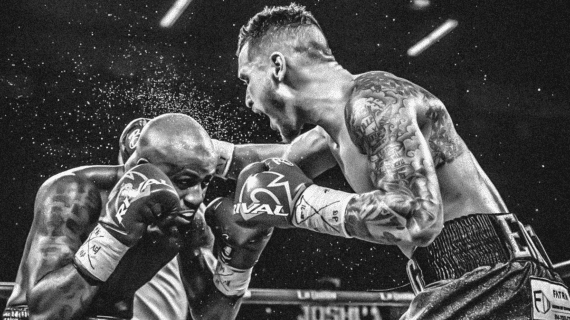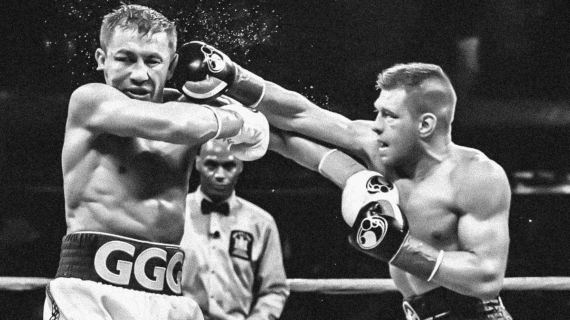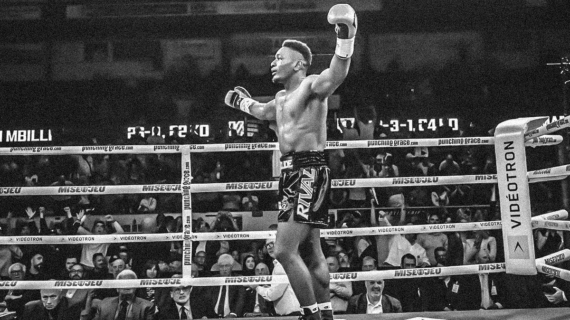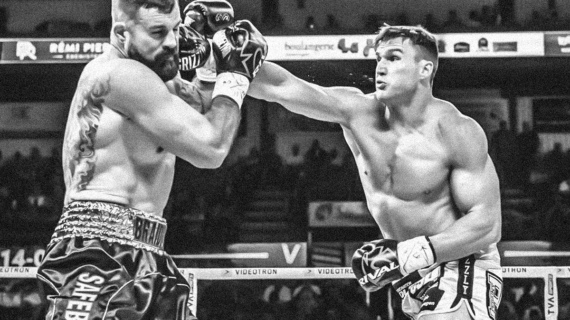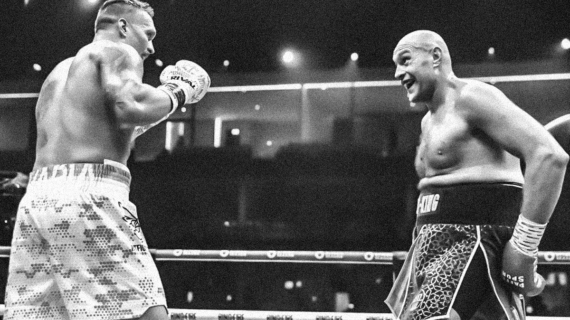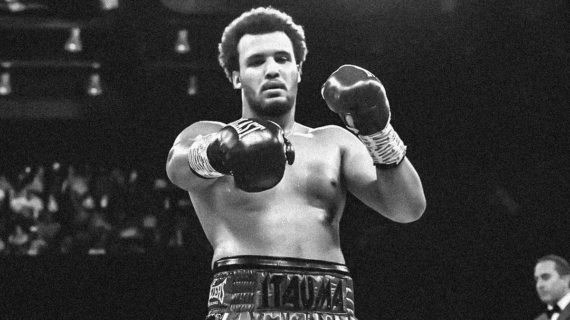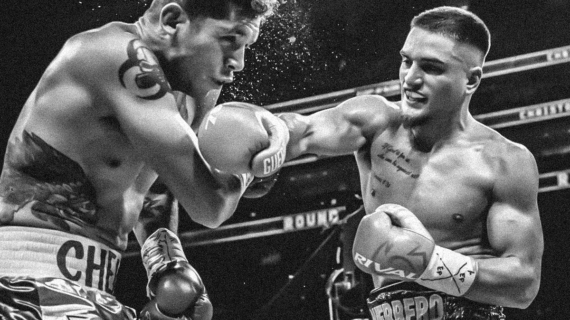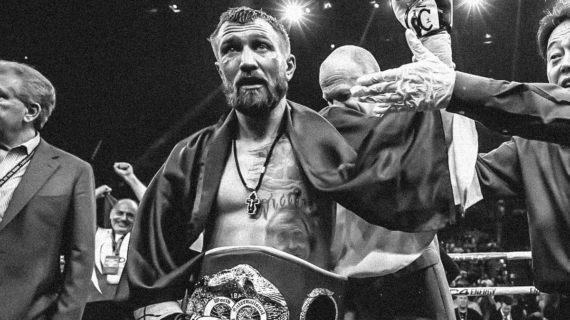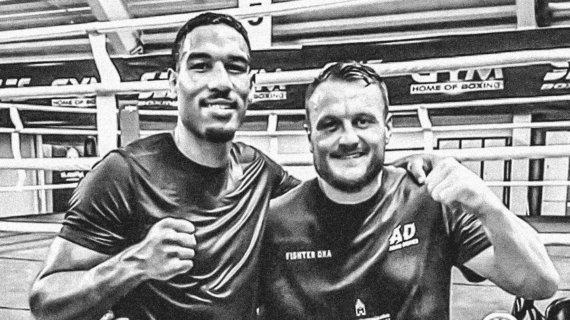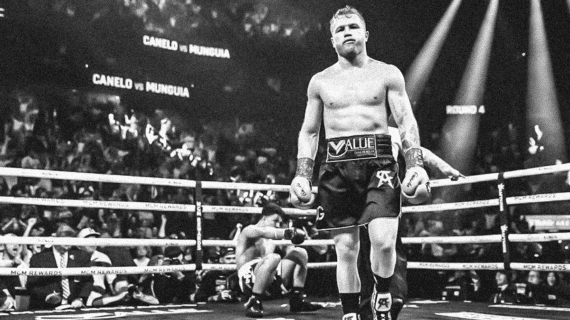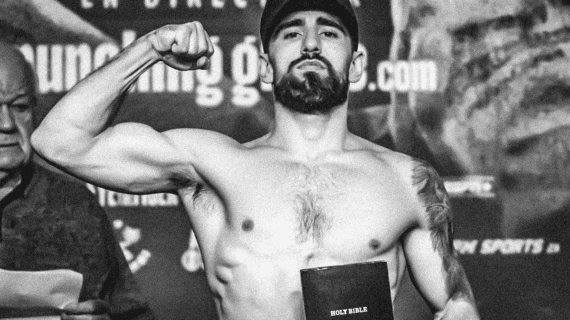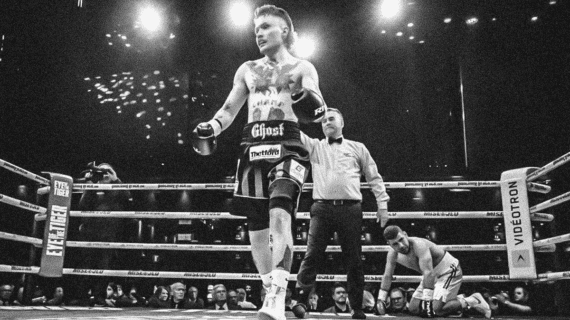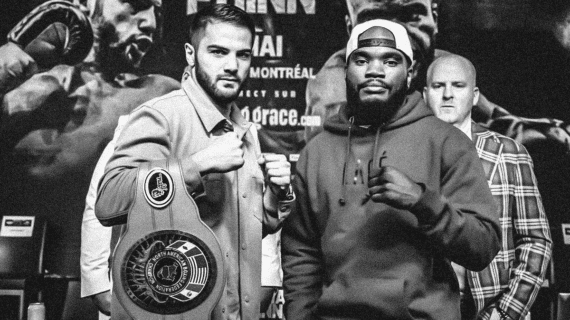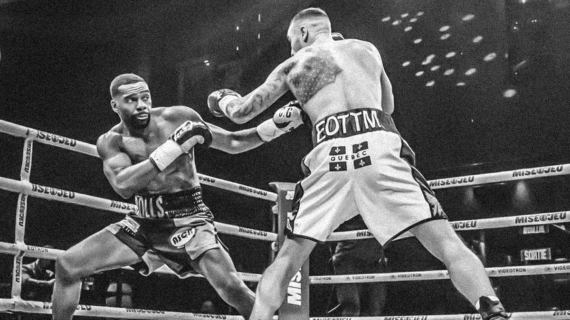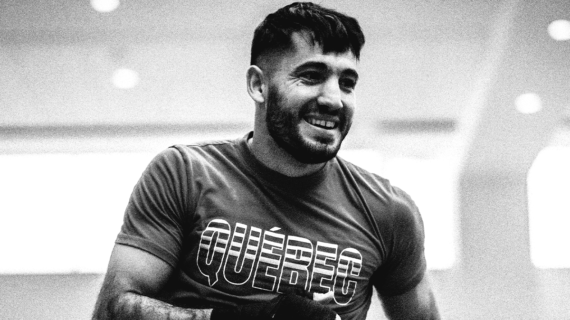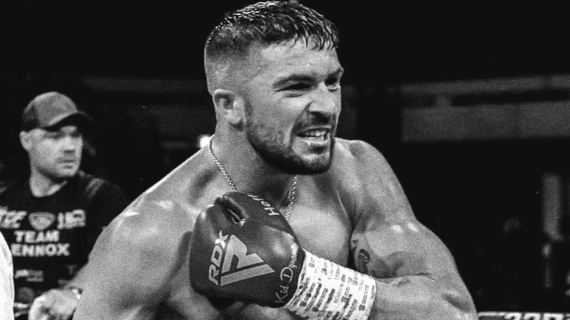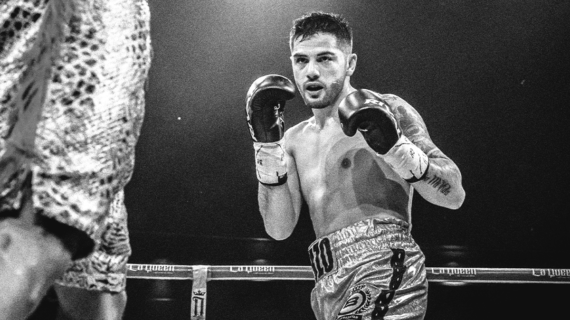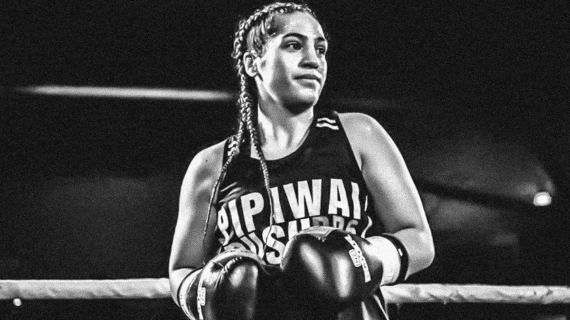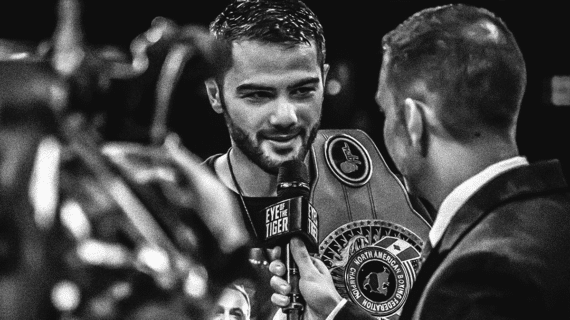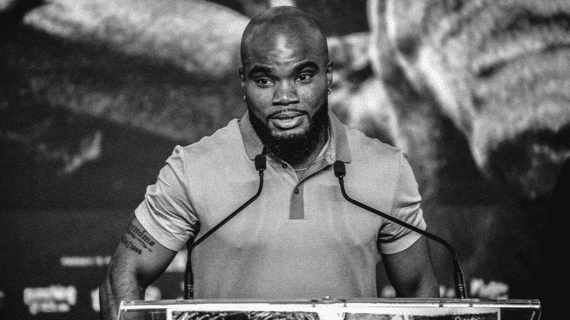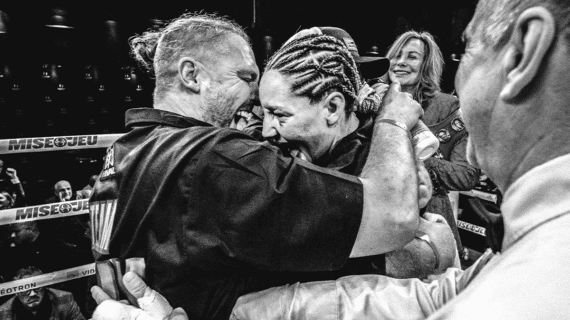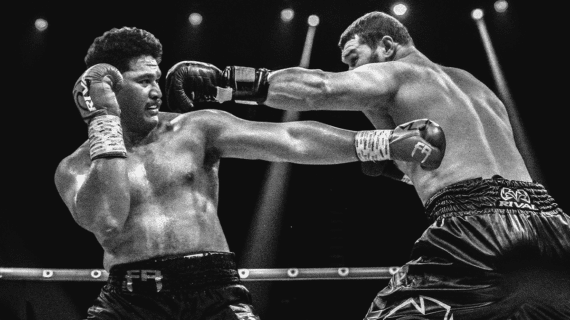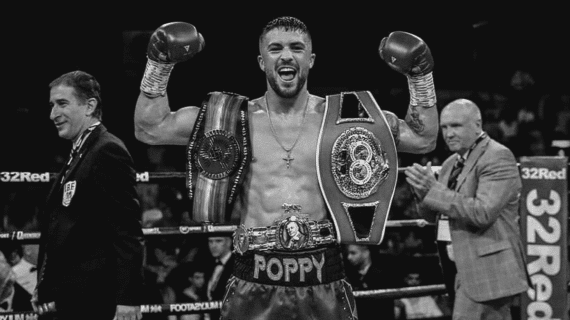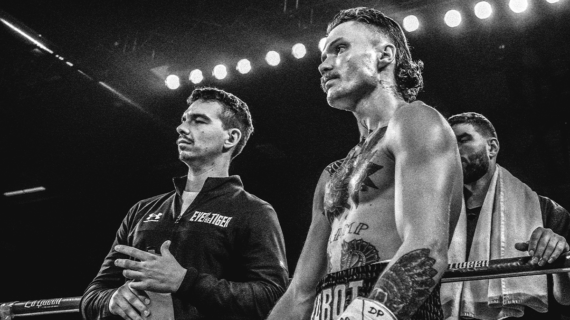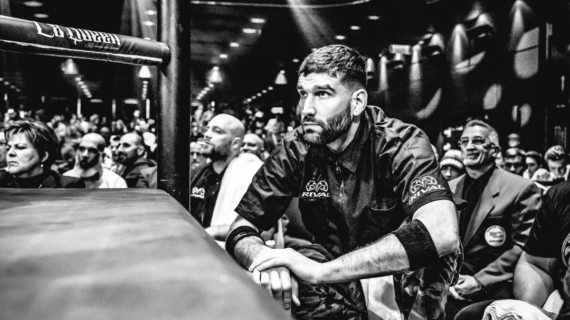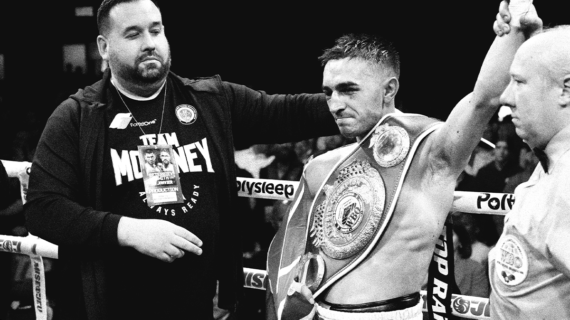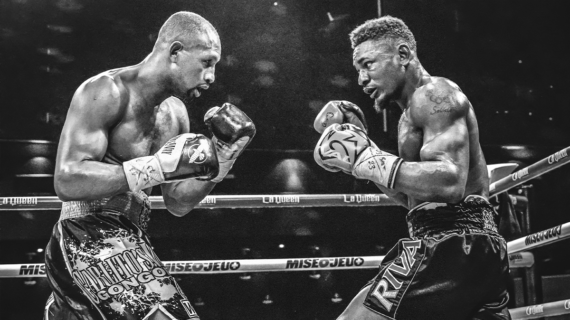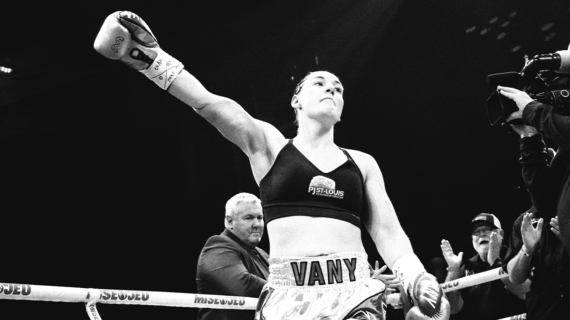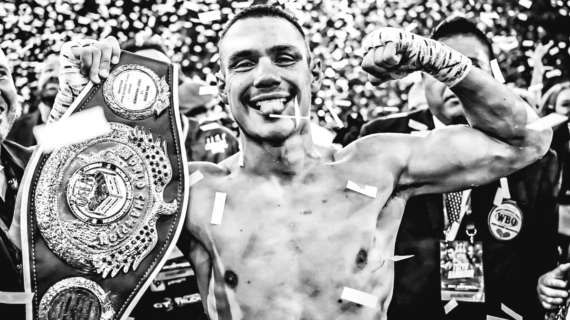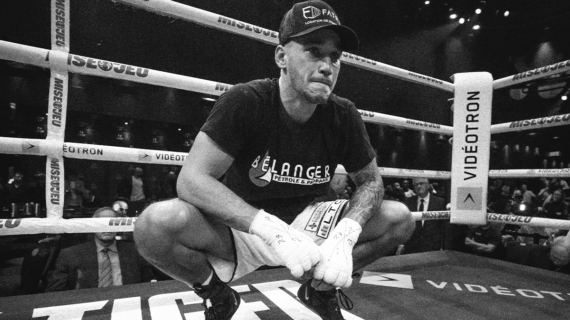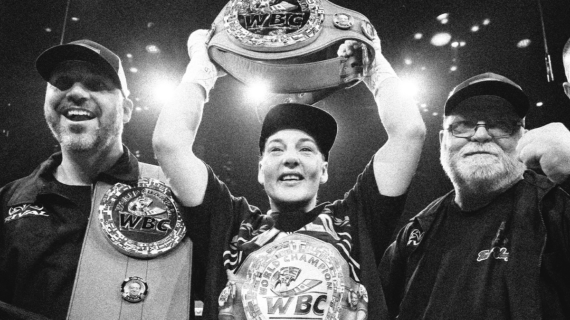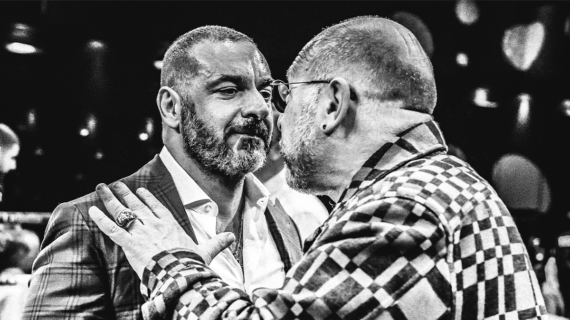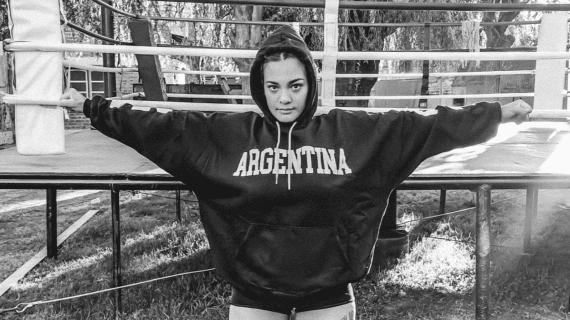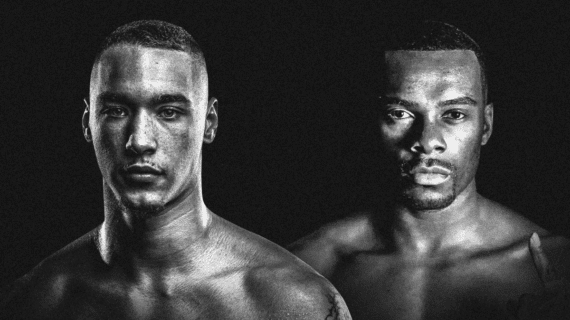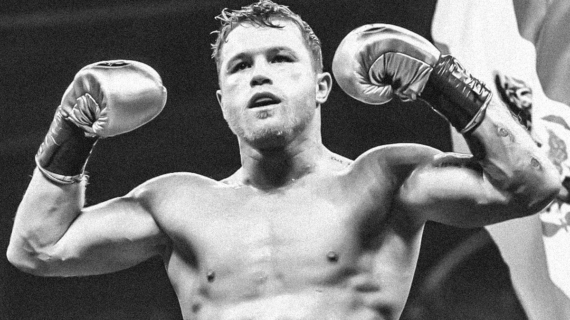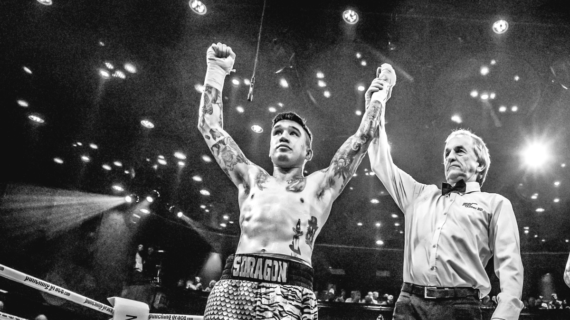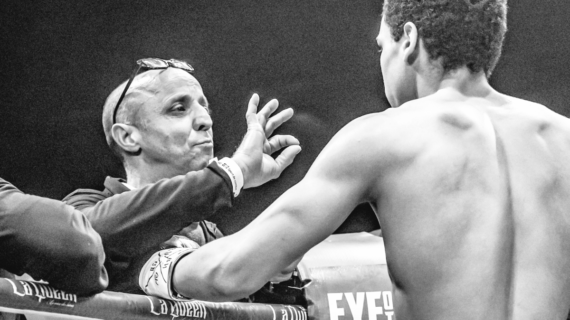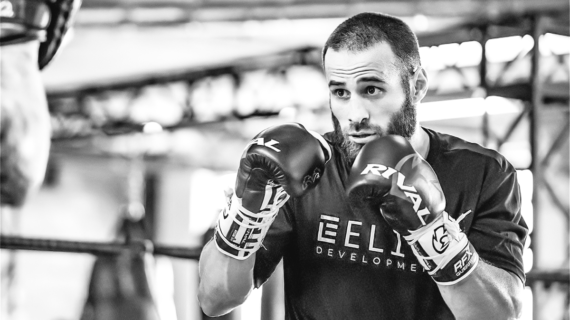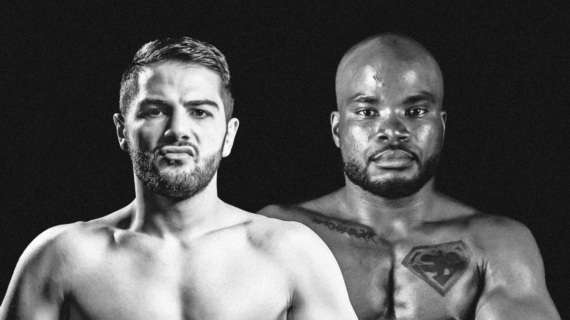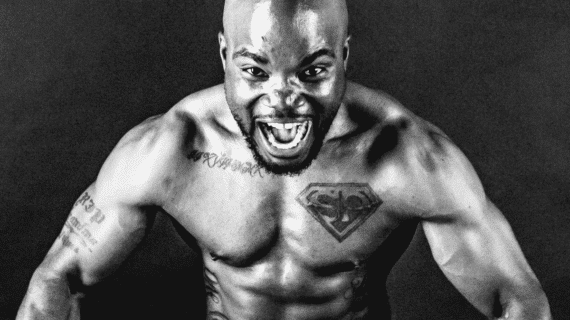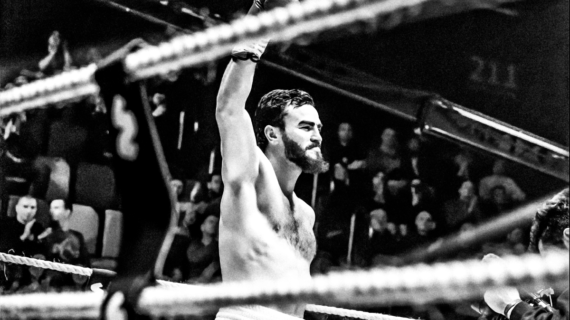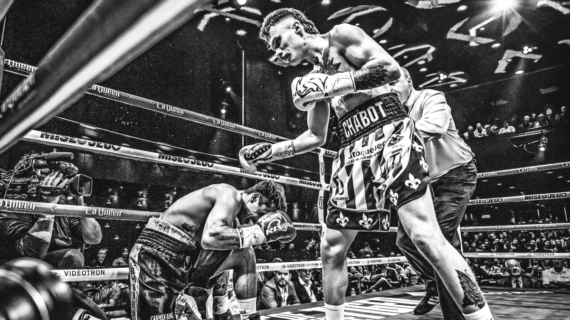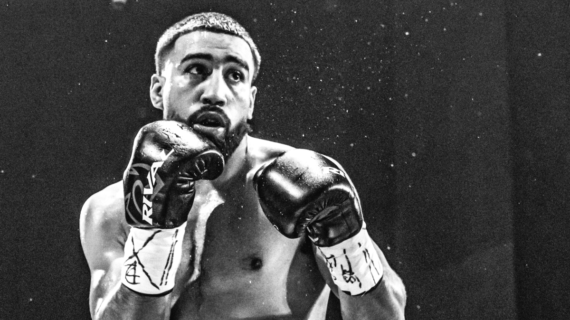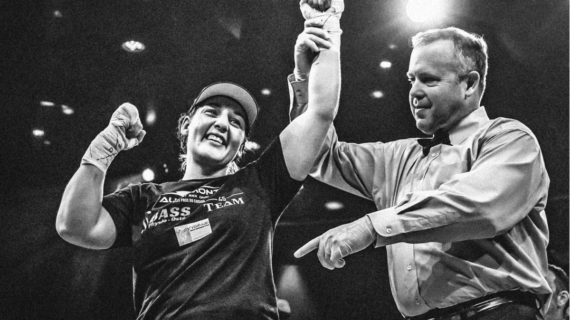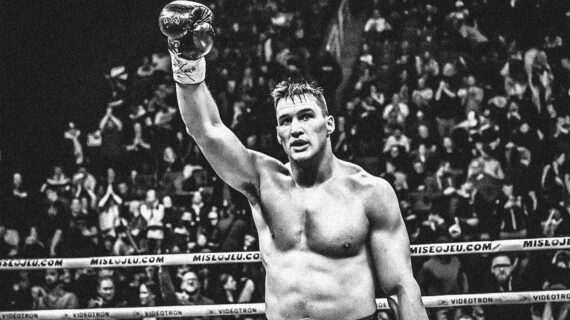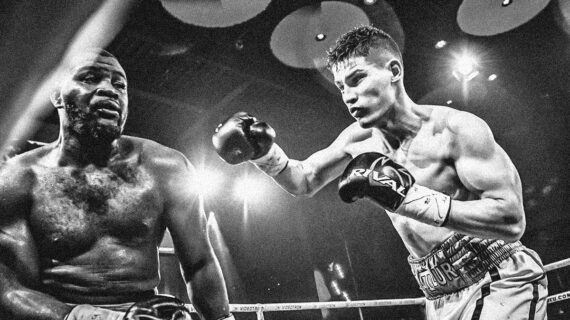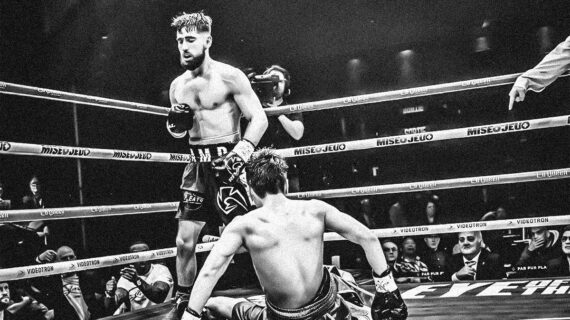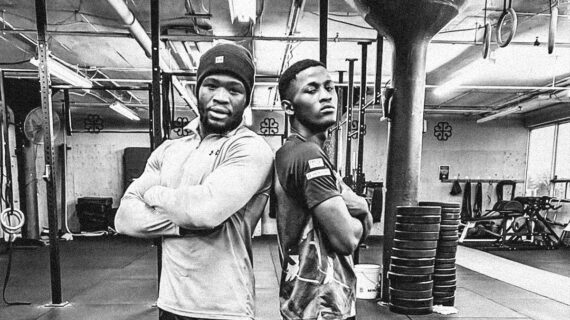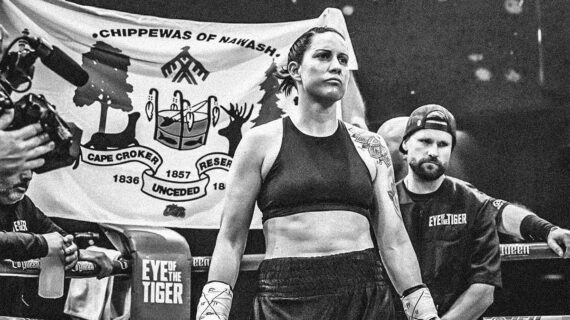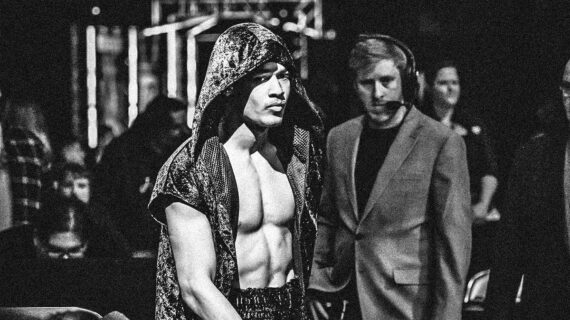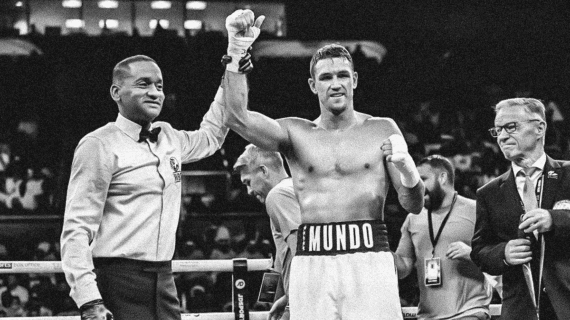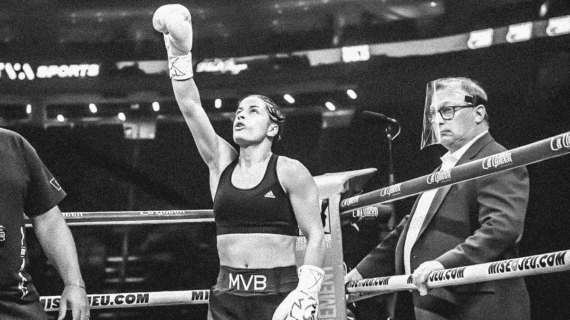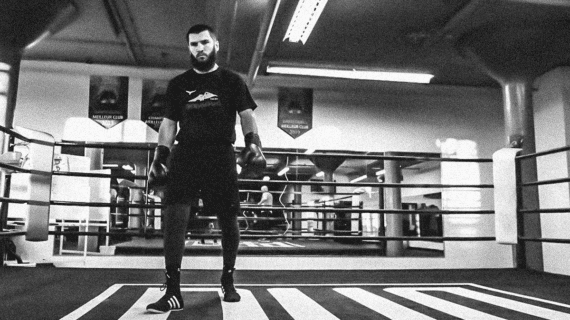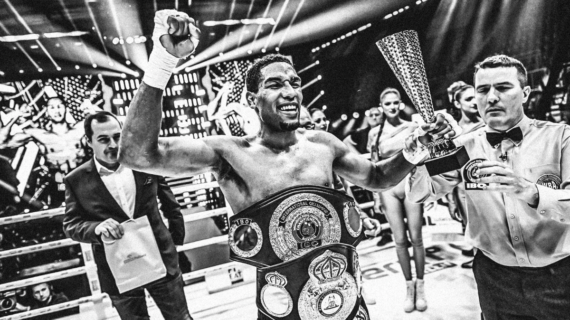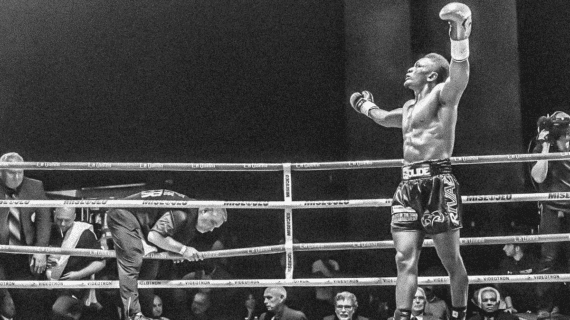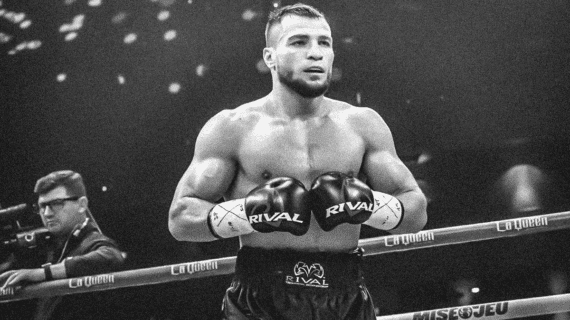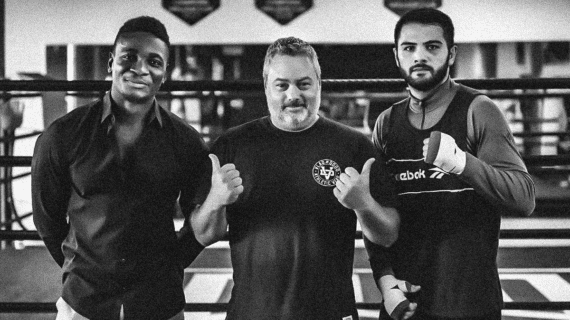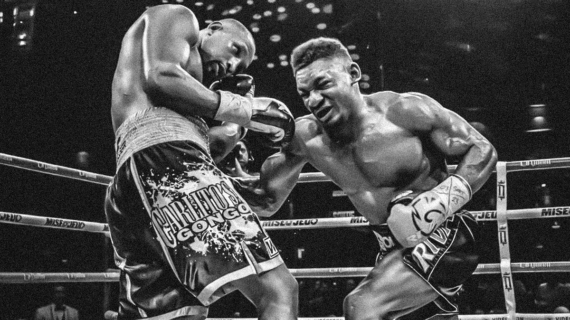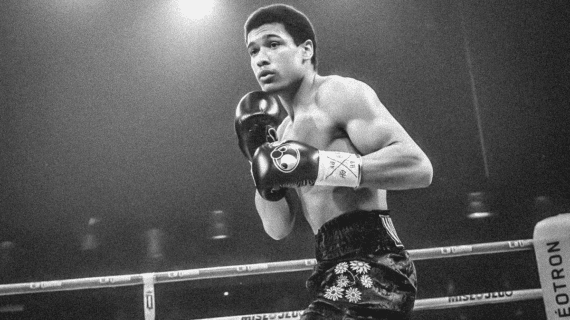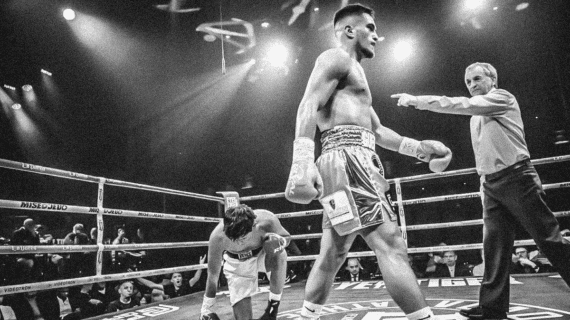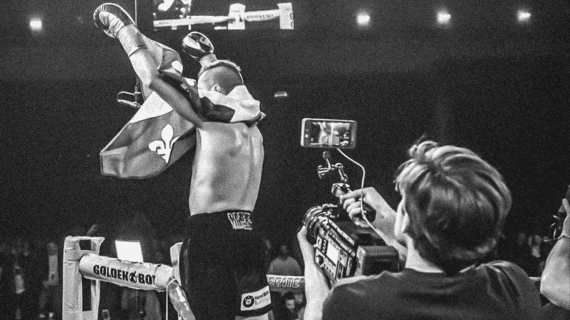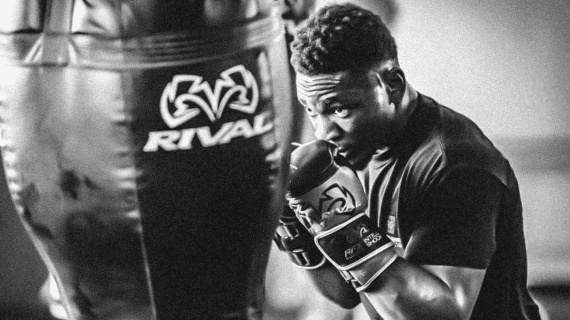I am a passionate supporter of women’s boxing. I deeply believe in its future and its value.
But we have to be honest: boxing is a sport that showcases greatness… and inequality.
Today, I want to open a discussion about gender equity. Not to impose an absolute truth (because I don’t have it), but to spark a debate and try to understand, together.
Millionaires of the Ring: Just the Tip of a Giant Pyramid?
We love talking about the jaw-dropping paychecks of boxers – those dream-like cheques. But if you look closely at the numbers, the reality is far less glamorous. Out of 28,000 registered male boxers, barely 30 earn million-dollar purses. On the women’s side, only 3 out of 2,500 do.
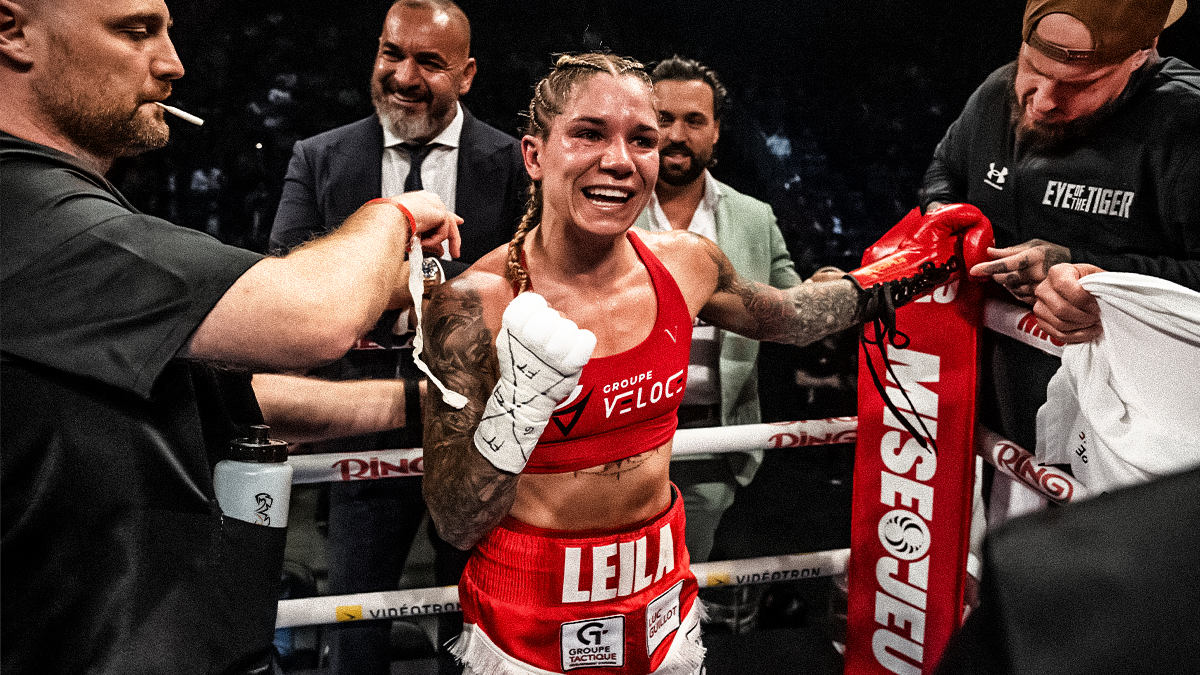
Photo: Vincent Ethier – Leila Beaudoin
The gap seems massive, but proportionally, the difference is less shocking than it appears: 0.1% of men versus 0.12% of women. The tip of the pyramid is so narrow that, ultimately, regardless of gender, only a chosen few benefit from it.
What this shows is that the real divide isn’t just between men and women… but between the elite and the rest of the world. The top of the pyramid is incredibly small, and those who reach it, man or woman, are extremely rare.
Supply and Demand: The Law of the Market!
Boxing is a sport, but it’s also an industry. And like any industry, it follows a simple rule: supply and demand. The more tickets a fight sells, the more viewers it attracts, the more revenue it generates, the more the fighters get paid.
What’s being sold isn’t just sport, but entertainment. Knockouts, rivalries, personal stories, charisma, all of this draws crowds. And yes, physical image also plays a role. This isn’t unique to women: for men too, looks, physique, style, and charisma create buzz. It’s always more exciting to watch someone who radiates something. Boxing is talent, but also a showcase.
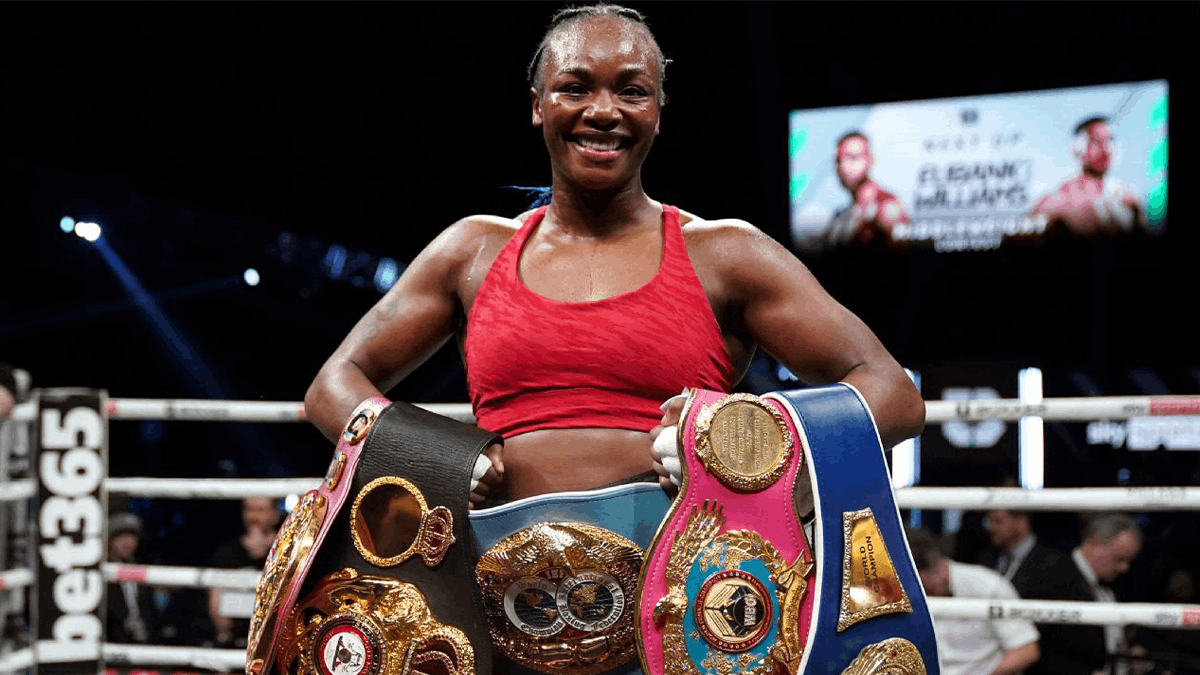
Photo: ESPN – Claressa Shields
That’s also why, for example, heavyweights attract more attention than the lighter weight classes. Watching a two-meter-tall giant collapse is impressive. Spectacle sells, and those who deliver it take home the biggest paychecks.
Two-Minute Rounds: A Rule Born of Science?
Another recurring topic is round length: two minutes for women, three for men. Many see this as unfair. But this rule didn’t come out of nowhere. It’s based on several scientific studies showing that women are more vulnerable to concussions due to anatomical, hormonal, and neurological differences (see references below).
So we should understand this rule as a safety measure, not an unfair limitation. However, it’s also worth noting that women’s bouts show significantly fewer knockouts than men’s. This changes the dynamics: fewer KOs doesn’t mean less entertainment, just a different style, often based on punch volume, technique, and endurance.
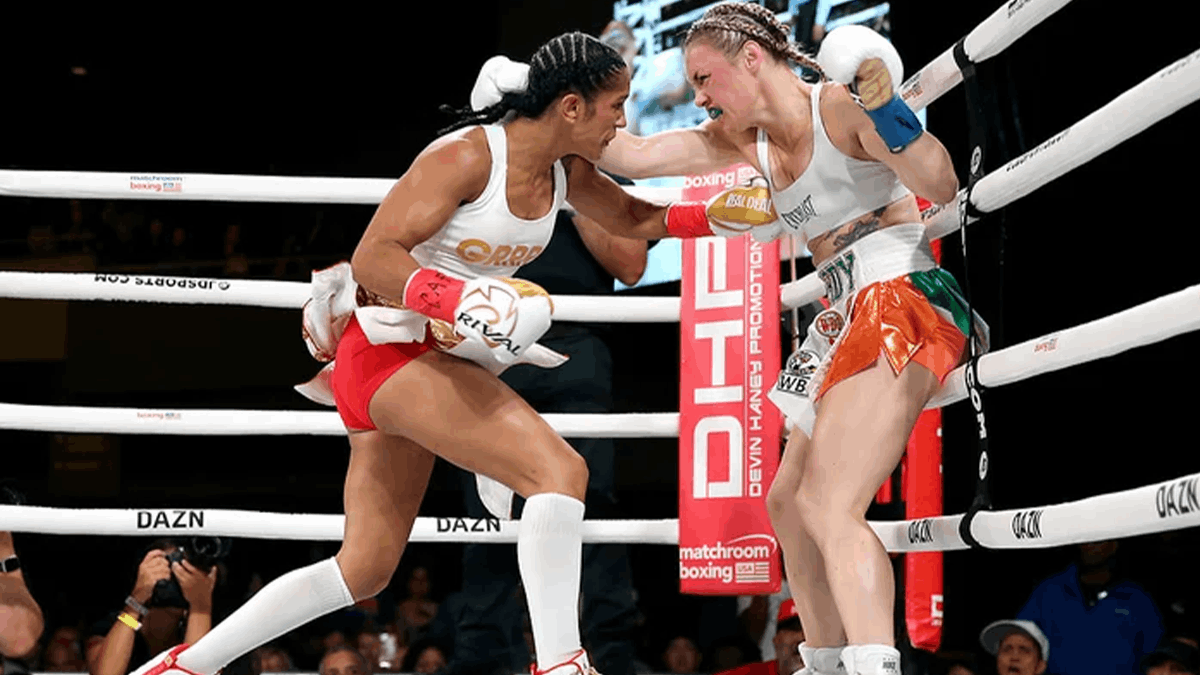
Photo: The Guardian – Amanda Serrano VS Heather Hardy
But I ask another question: what if those two-minute rounds weren’t a weakness, but a strength? Two minutes is short, intense, explosive. No time to waste, you have to give your best, immediately. It creates urgency, keeps the action alive, energizes the crowd.
Three-minute rounds? Yes, they increase the chances of knockouts. In fact, history proves it: when Olympic boxing shifted from shorter formats (like 5×2 minutes or 4×2 minutes) to the current 3×3-minute format, the KO and technical stoppage rates skyrocketed. The longer the round, the more fatigue sets in. Reaction times drop, defense weakens… and decisive punches land.
But is that always a good thing? More knockouts, sure. But also more pacing, more waiting, sometimes less action. In my eyes, two-minute rounds offer a more exciting product. What if this format became the standard for everyone, men and women alike?
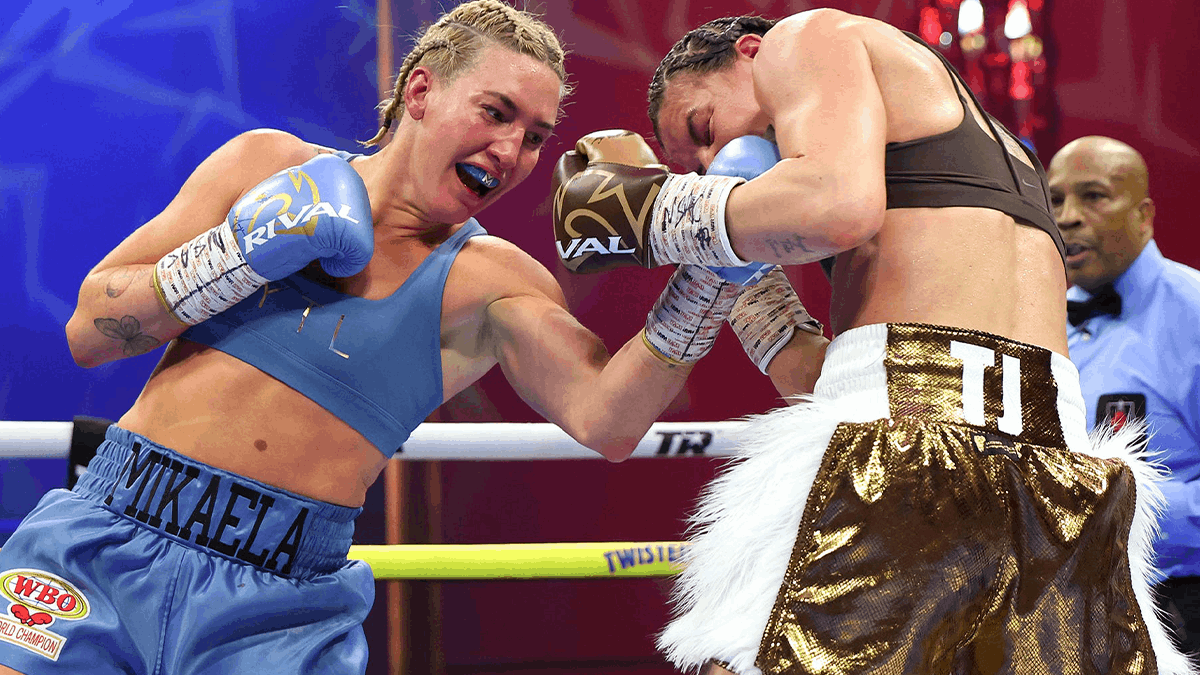
Photo: World Boxing Association – Mikaela Mayer VS Sandy Ryan
A Battle of Ideas
Equity in boxing is not a simple equation. Pay, visibility, safety, image, everything is tied to market forces and public expectations. But one thing is certain: women’s boxing is growing, and it deserves every bit of the space it’s claiming.
I don’t have all the answers. But I want to ask the question. Because boxing isn’t just a sport of punches, it’s a sport of ideas, where every debate can move the sport forward.
So I’ll ask you: what do you want to see in the ring?
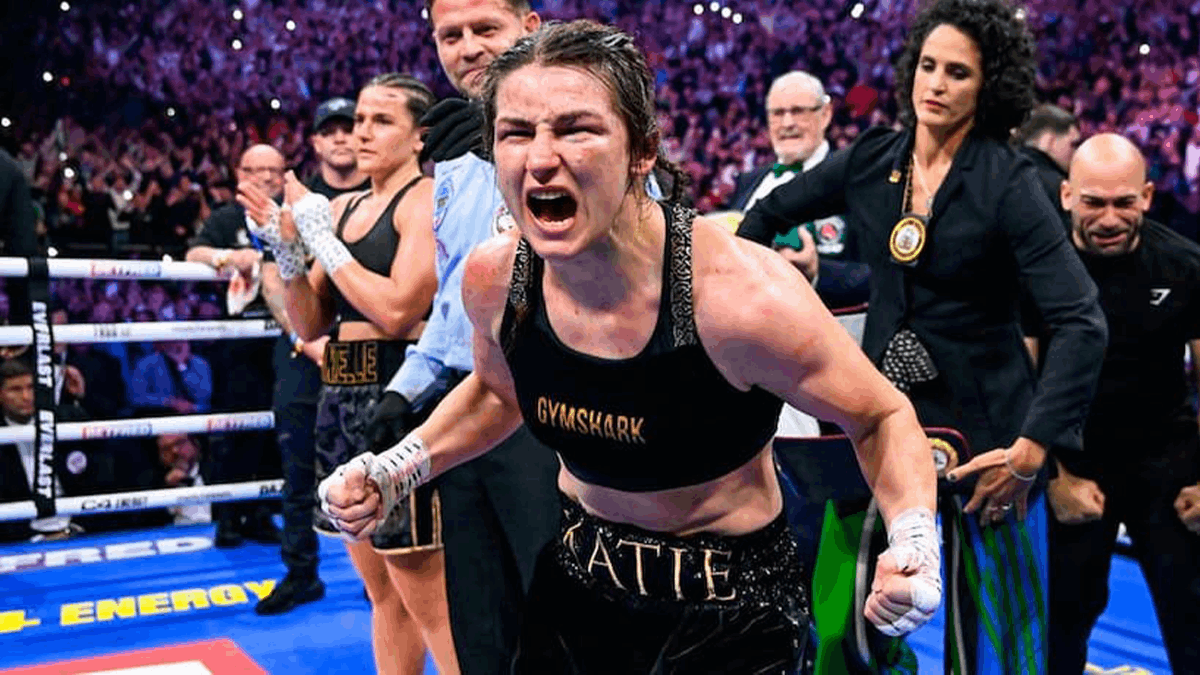
Photo: Sportscasting – Katie Taylor
Some Scientific References
-
Bretzin AC, Covassin T, Wiebe DJ, Stewart W. Association of Sex with Adolescent Soccer Concussion Incidence and Characteristics.
-
Solomito MJ, Reuman H, Wang DH. Sex Differences in Concussion: A Review of Brain Anatomy, Function, and Biomechanical Response to Impact. Brain Injury.
-
La Fountaine MF, Hill-Lombardi V, Hohn AN, Leahy CL, Testa AJ. Preliminary Evidence for a Window of Increased Vulnerability to Sustain a Concussion in Females: A Brief Report. Frontiers in Neurology.
-
Snook ML, Henry LC, Sanfilippo JS, Zeleznik AJ, Kontos AP. Association of Concussion with Abnormal Menstrual Patterns in Adolescent and Young Women.
-
Biegon A. Considering Biological Sex in Traumatic Brain Injury. Frontiers in Neurology.
-
Brown DA, Elsass JA, Miller AJ, Reed LE, Reneker JC. Differences in Symptom Reporting Between Males and Females at Baseline and After a Sports-Related Concussion: A Systematic Review and Meta-Analysis. Sports Medicine (Auckland, N.Z.).
-
Covassin T, Savage JL, Bretzin AC, Fox ME. Sex Differences in Sport-Related Concussion Long-Term Outcomes.International Journal of Psychophysiology.
